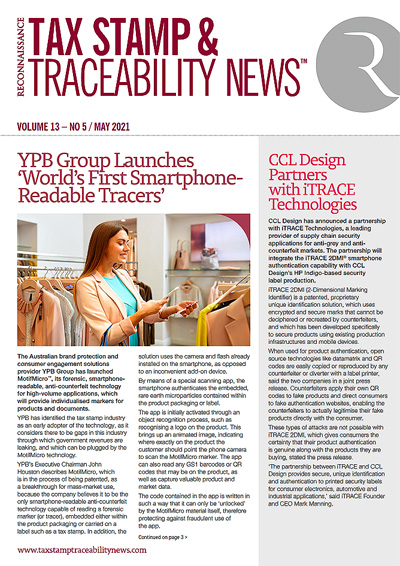


After cycloplegic refraction is obtained, slit-lamp and posterior segment examinations are performed. IOP is checked with an Icare tonometer (Icare USA), and the eyes are dilated. In phase 2, we obtain Placido-disc topography and wavefront aberrometry ( »iTrace, Tracey Technologies), macular OCT, optical biometry with the »Lenstar (Haag-Streit) or »IOLMaster (Carl Zeiss Meditec), and any specific testing that may be needed based on phase 1 findings. An in-depth discussion and review of testing takes place with the patient, and a decision is made as to which procedure and technique will most likely be used. With this information, we can determine whether the patient is a candidate for a corneal refractive procedure such as LASIK, a lens-based procedure such as RLE, both, or neither. Pertinent findings in phase 1 include magnitude of refractive error, BCVA, keratometry measurement, axis and magnitude of astigmatism, topographic regularity, corneal pachymetry, dry eye status, lens clarity, OSI measurement, and presence of corneal disease. In phase 1, we determine visual acuities, eye dominance, and manifest refraction, and we perform topography/tomography ( »Pentacam, Oculus Optikgeräte), endothelial spectroscopy, optical scatter index (OSI) measurement with the HD Analyzer (Visiometrics), meibomian gland imaging, tear-film aberrometry, and anterior segment slit-lamp examination. In our practice, we divide the patient evaluation process into two phases. Understanding the patient’s expectations of what the surgery will provide to him or her is also crucial. As with any refractive surgery patient, the process of determining whether the patient is an appropriate candidate for RLE begins with a thorough assessment of his or her visual needs, including occupational requirements, leisure activities, hobbies, and any anticipated changes to those needs in the near and distant future. This article details the decision-making process we use in our practice to determine an individual’s suitability for refractive surgery, and specifically for RLE. With proper patient selection, these advantages can lead to excellent outcomes and extremely satisfied patients. RLE has significant benefits over corneal refractive surgery, including a larger range of treatable refractive errors, elimination of age-based crystalline lens scatter and future cataracts, the ability to provide bilateral near vision, and less disruption of the corneal surface. Refractive lens exchange (RLE) has gained acceptance in recent years as advances in IOL design, ocular biometry, and the ability to enhance postoperative refractive error have led to LASIK-like precision and the ability to correct near and intermediate vision in addition to distance. (Abbreviations: SMILE, small-incision lenticule extraction ASA, advanced surface ablation RLE, refractive lens exchange.) The refractive surgery procedure spectrum.

Matching Glaucoma Patient Needs With the Right Procedureįigure. Intraoperative Aberrometry for Managing Astigmatism The Current Cataract Refractive Landscape If You’re Happy and You Know It Take a Survey Hospitality Is Part of the Positive Patient Experience Piggyback IOL as an Enhancement Technique Why You Should Consider Adopting Phakic IOLs Is Dysfunctional Lens Replacement LASIK For Baby Boomers? The Premium IOL Channel: Pitfalls & Prospectsįirst Steps To Beginning With Premium IOL Surgery Overcoming the Butterfly Effect in Refractive Cataract Surgery Pharmacologic Solutions for Presbyopia Down the Road Refractive Surgery: Complex Case Management Intracameral Endophthalmitis Prophylaxis: Where We Stand


 0 kommentar(er)
0 kommentar(er)
